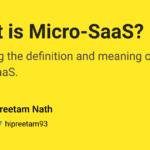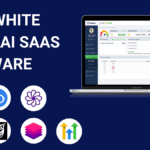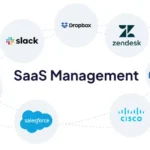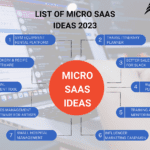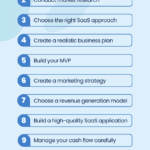SaaS is cloud-based, while on-premise software is installed locally. SaaS offers flexibility; on-premise provides control.
SaaS (Software as a Service) and on-premise software represent two distinct approaches to software deployment. SaaS is hosted online and accessed via the internet, making it easy to use from anywhere. On-premise software, in contrast, is installed directly on a company's servers and computers, offering greater control over data and systems.
SaaS typically requires a subscription, while on-premise often involves a one-time purchase. Each model has its pros and cons, largely dependent on an organization's specific needs, budget, and IT infrastructure. Businesses must evaluate these factors to determine the best fit for their operational requirements.
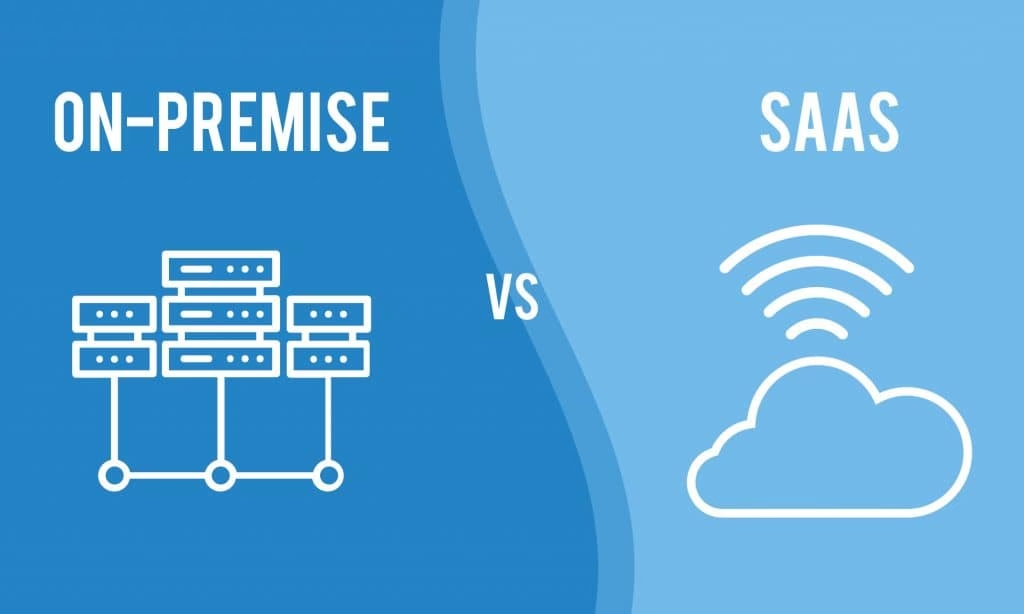
Credit: www.devteam.space
Introduction To Saas And On-premise Models
Discover the key differences between SaaS and On-Premise software. SaaS offers cloud-based flexibility, while On-Premise ensures local control and security. Each model caters to different business needs and preferences.
The Rise Of Cloud Computing
SaaS stands for Software as a Service. It uses the internet to deliver applications. Users can access these applications from anywhere. They do not need to install software on their computers. This reduces the need for hardware. SaaS is cost-effective and scalable. Many businesses prefer SaaS for its flexibility.
Traditional On-premise Software Deployment
On-premise software is installed on local servers. Businesses must buy hardware and software licenses. They also need IT staff to manage it. On-premise offers more control and security. But it can be expensive and difficult to scale. Some industries still prefer on-premise for compliance reasons.
Deployment: Cloud Vs. Local Servers
SaaS software is hosted on the cloud. You can access it from anywhere. No need for physical servers or hardware. Updates happen automatically. On-premise software is hosted on local servers. You need to manage hardware and updates yourself. This requires more IT support. SaaS is often easier for small businesses. On-premise can be better for large companies.
Installing SaaS software is quick. You just sign up and start using it. No need to install anything on your computer. On-premise software needs a detailed setup. It involves installing on each computer. This takes more time and effort. SaaS saves time and resources. On-premise gives more control and customization.
Cost Considerations
SaaS often has a subscription fee. This fee is paid monthly or yearly. On-premise software usually needs a one-time purchase. This can be a big upfront cost. Companies must decide which model fits their budget. Subscription fees can be easier to manage. But, they add up over time.
Long-term costs differ between SaaS and on-premise. SaaS may seem cheaper at first. Over many years, it can cost more. On-premise software has high initial costs. But, there are fewer ongoing costs. Both options have pros and cons. Companies must think about their long-term needs.
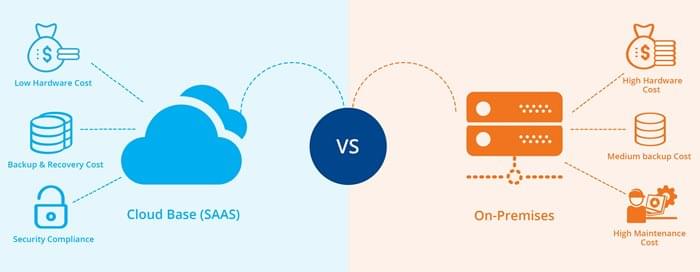
Credit: saaslist.com
Control And Customization
SaaS offers limited customization. Users have access to pre-built features. On-premise software allows more customization. Businesses can modify the software to fit their needs. Customization in SaaS is easier for non-technical users.
On-premise software gives full control over updates. Businesses decide when and how to update. SaaS updates are managed by the provider. Users get automatic updates without any effort. This can be both good and bad.
Security And Compliance
SaaS providers often offer strong security measures. Data encryption and regular backups are common. This protects your information from cyber threats. On-premise software requires internal security. This can be more challenging and costly. Both options have their strengths. Choose based on your specific needs.
SaaS vendors often help with compliance. They keep up with regulatory changes. This can save your company time and effort. On-premise solutions need constant updates. Your team must handle all compliance issues. This can be complex and demanding.
Scalability And Flexibility
SaaS allows easy scaling. Just upgrade your subscription. No need for extra hardware. On-premise scaling is harder. You must buy and install new servers. This takes time and money.
SaaS adapts quickly. It grows with your business. New features are added often. On-premise software needs manual updates. This can slow down progress. SaaS is more flexible. It can handle sudden changes better.
Maintenance And Support
SaaS providers handle all maintenance tasks. Users do not worry about updates or patches. Everything is taken care of by the provider. This reduces the burden on internal IT teams. On-premise software requires in-house teams. They must manage updates and patches. This can be time-consuming and costly. Companies need skilled staff to handle these tasks.
SaaS solutions often include support in their packages. Users can access expert help easily. This ensures quick resolution of issues. On-premise software support can vary. Companies might need to hire external experts. This can lead to additional costs. Support response time may also be slower.
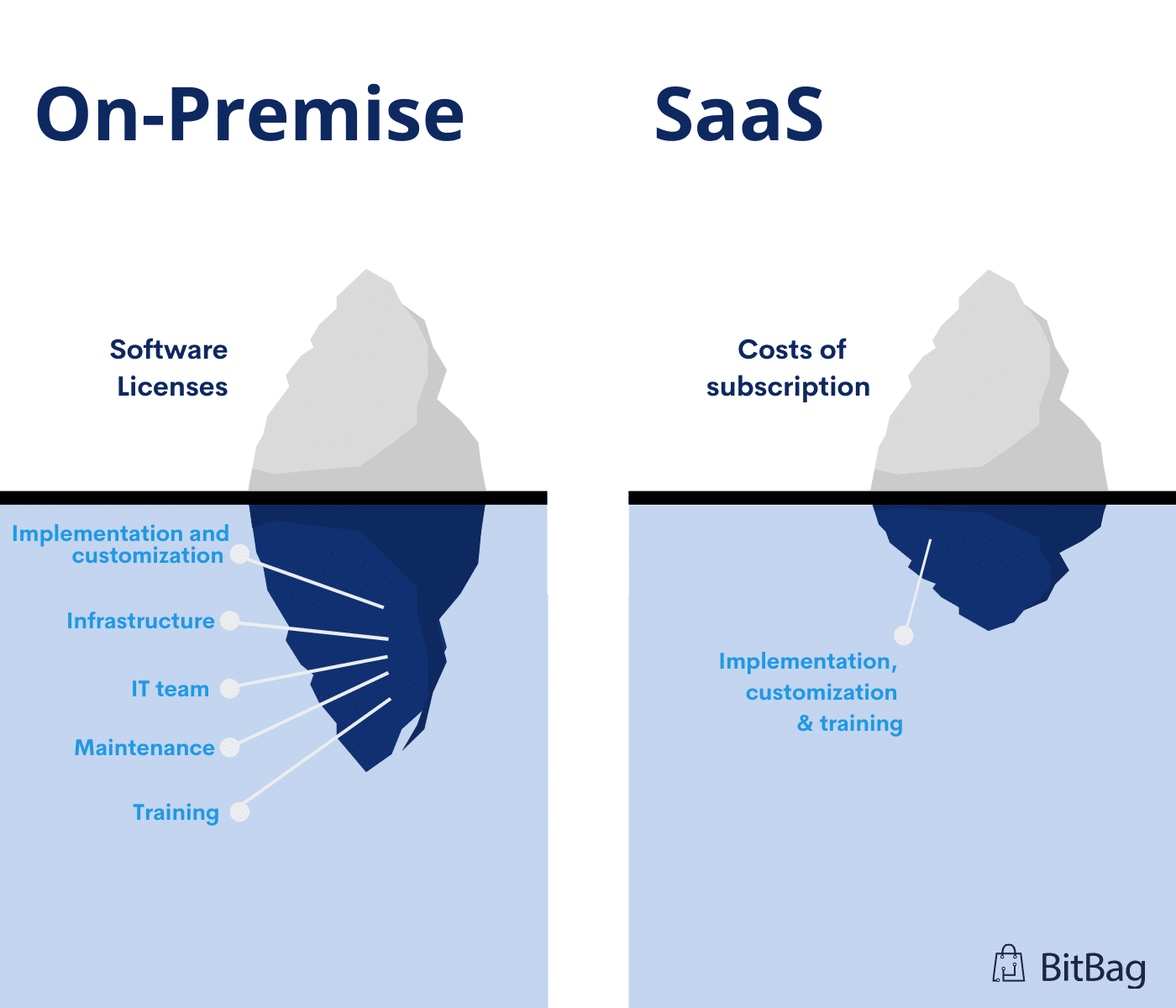
Credit: bitbag.io
Access And Mobility
SaaS software can be accessed from anywhere. Users only need an internet connection. This makes it easy to work from home or while traveling. On-premise software requires users to be on-site. Remote access is harder and needs special setups.
SaaS solutions work on many devices. Users can access them on phones, tablets, and laptops. This flexibility is great for modern workplaces. On-premise solutions usually work only on specific devices. Compatibility issues can arise, limiting user options.
Decision-making Considerations
SaaS solutions offer flexibility and scalability. They are ideal for businesses that expect to grow. On-premise software provides greater control over data. This is important for industries with strict compliance needs. It's essential to evaluate the specific needs of your business. Consider the costs, security requirements, and user accessibility. SaaS can be more cost-effective initially. On-premise solutions may have higher upfront costs. But they can be more economical in the long run. Each option has its unique benefits. Understand what your business values most.
Technology evolves rapidly. SaaS solutions often include automatic updates. This ensures you always have the latest features. On-premise software might require manual updates. This can lead to additional costs and downtime. It's crucial to consider long-term viability. SaaS solutions can adapt to technological advancements more easily. On-premise software provides customization. This can be essential for businesses with specific needs. Evaluate your company's ability to adapt to changes. Make sure your investment can withstand future challenges.
Real-world Examples
Many companies have found success with SaaS software. For example, Netflix uses SaaS to stream movies to millions. Salesforce helps businesses manage customer relationships. These tools are easy to use and update.
On the other hand, some companies prefer on-premise software. Banks often use on-premise software for security reasons. Hospitals also use it to keep patient data safe. Both options can be effective.
SaaS can save time and money. Updates happen automatically. No need for large IT teams. But, it needs a reliable internet connection.
On-premise software offers control and security. It is great for sensitive data. But, it can be expensive. Updates need to be done manually. It also needs a dedicated IT team.
Frequently Asked Questions
What Is The Difference Between Saas And On-premise Software?
SaaS is cloud-based, accessible online, and managed by a third party. On-premise software is installed locally on your servers.
What Is The Difference Between Saas And Local Software?
SaaS (Software as a Service) is cloud-based, accessible online, and subscription-based. Local software is installed directly on a computer, often requiring a one-time purchase.
What Is The Difference Between Saas And Non-saas?
SaaS (Software as a Service) is cloud-based software accessible via the internet. Non-SaaS requires local installation and maintenance. SaaS offers automatic updates, while non-SaaS needs manual updates. SaaS usually has a subscription model, whereas non-SaaS often has a one-time purchase fee.
SaaS is more scalable and accessible remotely.
What Is On-premise Software Examples?
On-premise software examples include Microsoft Office, Adobe Creative Suite, SAP ERP, Oracle Database, and QuickBooks Desktop. These are installed and run on local computers or servers.
Conclusion
Choosing between SaaS and on-premise software depends on your business needs. SaaS offers flexibility and lower upfront costs. On-premise provides control and customization. Assess your requirements carefully to make the best decision. Both options have unique benefits that can drive your business forward.
Make an informed choice for optimal results.


